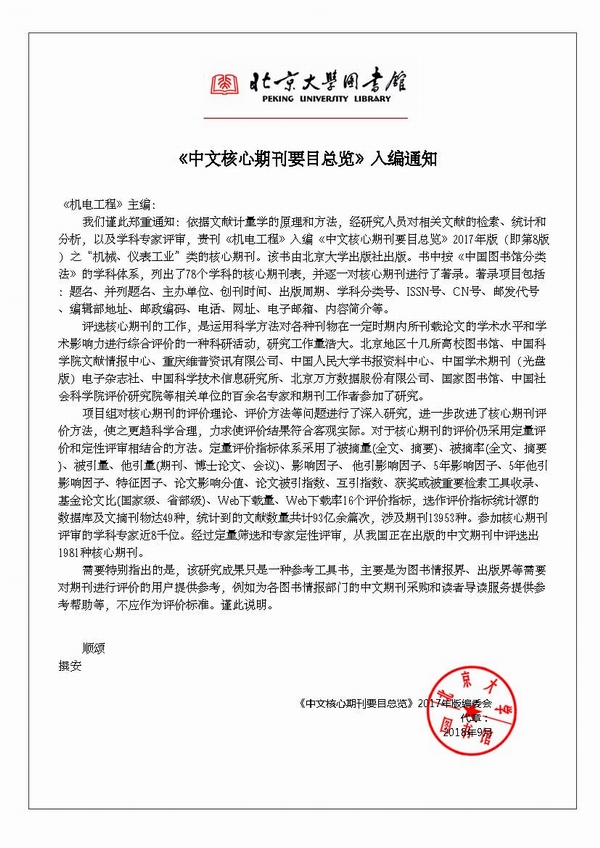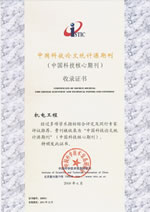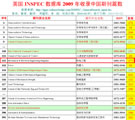
Founded in 1971 >
Chinese Sci-tech Core Periodicals >
British Science Abstracts (SA, INSPEC) Indexed Journals >
United States, Cambridge Scientific Abstract: Technology (CSA: T) Indexed Journals >
United States, Ulrich's Periodicals Directory(UPD)Indexed Journals >
United States, Cambridge Scientific Abstract: Natural Science (CSA: NS) Indexed Journals >
Poland ,Index of Copernicus(IC) Indexed Journals >
International Standard Serial Number:
ISSN 1001-4551
Sponsor:
Zhejiang University;
Zhejiang Machinery and Electrical Group
Edited by:
Editorial of Journal of Mechanical & Electrical Engineering
Chief Editor:
ZHAO Qun
Vice Chief Editor:
TANG ren-zhong,
LUO Xiang-yang
Tel:
86-571-87041360,87239525
Fax:
86-571-87239571
Add:
No.9 Gaoguannong,Daxue Road,Hangzhou,China
P.C:
310009
E-mail:
meem_contribute@163.com
Optimization of spatial four-bar weft insertion mechanism based on ADAMS and ANSYS
ZHOU Kai-hong,ZHANG Xue-qian,GUO Yu-tian
(College of Mechanical and Control Engineering, Guilin University of Technology, Guilin 541006, China)
Abstract: Aiming at the poor motion stability and low motion precision of the spatial four-bar weft insertion mechanism, the optimal design of the mechanism was studied from two aspects of mechanism motion parameters and structural stiffness. The motion law of the sword belt was analyzed by using the spatial mechanism theory, and its correctness was verified by software simulation, which provided a theoretical basis for optimal design. With the goal of minimizing the maximum acceleration of the rapier belt and meeting the weft insertion process and performance requirements as constraints, the mechanism was optimized and analyzed by using ADAMS parametric modeling. Considering the flexibility problem that could not be ignored in the high-speed operation of the weft insertion mechanism, a rigid-flexible coupling model was established and simulated, and the influence of flexible deformation of each component on the motion accuracy of the belt was analyzed. Taking the connecting rod as an example, in order to reduce the acceleration error of the sword belt, it was proposed that the influence of flexible deformation of the member could be reduced by increasing the section size to improve the structural stiffness. The results indicate that the maximum acceleration of the sword belt is reduced by 35.7%, and the motion stationarity is improved after the optimization of the motion parameters; the acceleration error of the sword belt is significantly reduced, and the motion accuracy is improved after the optimization of the structural stiffness.
Key words: weft insertion mechanism; parametric modeling; rigid-flexible coupling; optimization design; ADAMS








